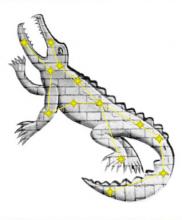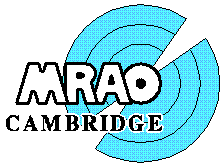Cavendish Astrophysics and the Mullard Radio Astronomy Observatory
The Cavendish Astrophysics group pursues a comprehensive, observation‑driven approach to unraveling the Universe’s story—from its first instants through the emergence of the complex web of stars, galaxies, planets, and potentially life itself—by combining world‑leading radio‑cosmology experiments (REACH, HERA, and SKA) to map the 21 cm signal of primordial hydrogen; cutting‑edge infrared and optical investigations with JWST, MOONS@VLT, and ANDES@ELT to pinpoint when and how the first heavy elements, stars, black holes, and galaxies formed and evolved; high‑precision exoplanet surveys (HARPS3/Terra Hunting and SPECULOOS) to chart the formation and architecture of planetary systems; and laboratory astrochemistry at the Planetary Astrochemistry Lab to explore the chemical pathways to life—thereby probing the fundamental constants that govern cosmic expansion, gravity, dark matter, and dark energy, and piecing together how the Universe’s invisible scaffolding and its visible constituents co‑evolved to produce the rich cosmos we observe today.
The Cavendish Laboratory pioneered in this field under the direction of Professor Sir Martin Ryle, F.R.S. from 1945 to 1982. The first Observatory was on the outskirts of Cambridge. In 1957, through the generosity of Mullard Ltd. and with support from the Science Research Council, the Mullard Radio Astronomy Observatory (MRAO) was built 5 miles south-west of Cambridge, at Lord’s Bridge. The Observatory is operated by the Cavendish Laboratory, supported by the Science and Technology Facilities Council. The work of the MRAO was recognised by the award of the 1974 Nobel Prize for physics to Professor Ryle and Professor Hewish. In 1995 we celebrated 50 years of radio astronomy in Cambridge, and in July 2007 a special programme of events was organised to celebrate the 50th anniversary of operations at the MRAO at Lord’s Bridge.



